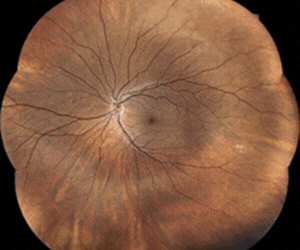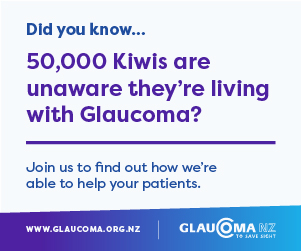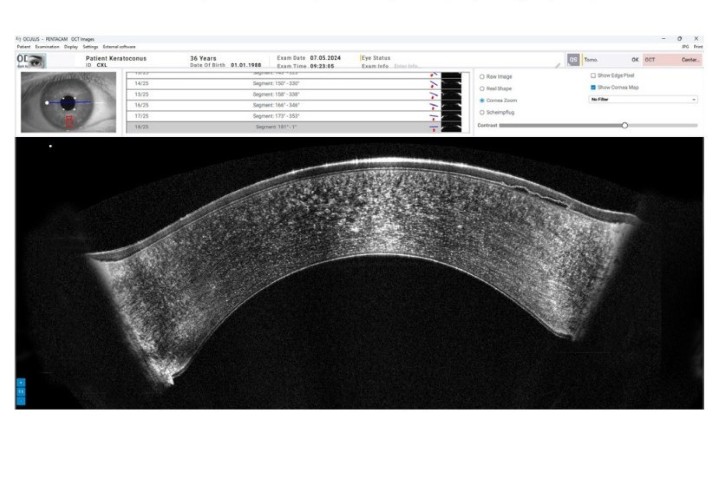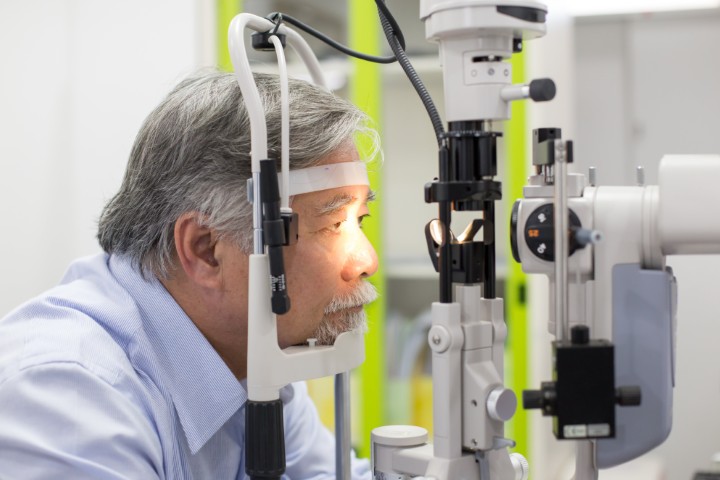Prevalence, severity of astigmatism increased in children after Covid-19
The prevalence and severity of refractive and corneal astigmatisms increased among children after the Covid-19 pandemic, a population-based cross-sectional study from Hong Kong found.
In a cohort of 21,655 children ages six to eight years, the prevalence rate of refractive astigmatism of at least 1.0 diopter (D) increased from 21.4% in 2015 to 34.7% in 2022–2023, while corneal astigmatism of at least 1.0 D increased from 59.8% to 64.7%.
After adjusting for sociodemographic factors, parental astigmatism and child myopia, the pandemic was associated with a 20% increase in the risk of refractive astigmatism and a 26% increase in the risk of corneal astigmatism compared with the pre-pandemic period of 2015–2019, reported co-author Dr Kai Wai Kam from the Chinese University of Hong Kong, and colleagues.
Researchers highlighted several likely contributing factors, including online learning leading to long hours spent on digital devices with intense near work, reduced outdoor activity and associated increases in myopia.
Compared with the change in myopia prevalence in Hong Kong over the pandemic, the increase in refractive and corneal astigmatisms exhibited a delayed onset, they noted.
Corneal changes, especially along the steepest meridian, may explain some of the progression of corneal astigmatism, they concluded. “The potential impact of higher degrees of astigmatism may warrant dedicated efforts to elucidate the relationship between environmental and/or lifestyle factors, as well as the pathophysiology of astigmatism.”



























